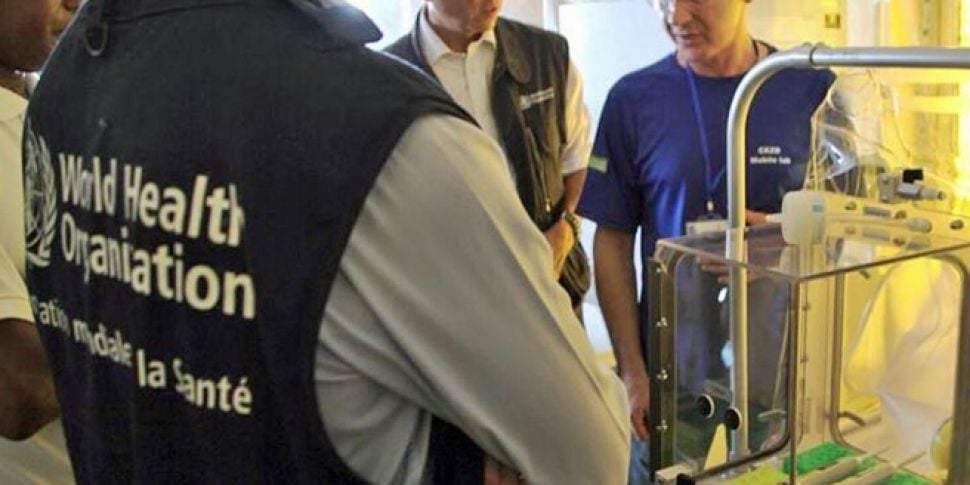More than 20,000 people could become infected with the deadly Ebola virus, the World Health Organisation (WHO) has claimed.
While unveiling a strategic plan to battle the outbreak - which has spread across four West African countries - the UN health agency warned that the actual number of current Ebola cases could be quadruple the current estimate of 3,069.
In what amounted to be a bleak assessment of the disease, the WHO said it believed the virus was still being spread in a "substantial number of localities" across the continent.
Nearly 40% of the total number of reported cases have occurred within the past three weeks.
It also expressed concern at the unprecedented number of health workers who have been killed while treating patients.
Delivering its recommendations on how to stop the spread of Ebola, the WHO added: "Response activities must be adapted in areas of very intense transmission and particular attention must be given to stopping transmission in capital cities and major ports, thereby facilitating the larger response and relief effort."
Of the 3,069 cases reported since the outbreak began, 40% of them have emerged in the past three weeks, according to the latest figures.
'Broader socioeconomic impact'
It says the roadmap aims to stop Ebola transmission worldwide within six to nine months, while "rapidly managing the consequences of any further international spread."
It also recognises the need to address the broader socioeconomic impact of the outbreak.
The roadmap will serve as a framework for updating detailed operational plans.
"Priority is being given to needs for treatment and management centres, social mobilization, and safe burials. These plans will be based on site-specific data that are being set out in regular situation reports, which will begin this week," the WHO says.
"The situation reports map the hotspots and hot zones, present epidemiological data showing how the outbreak is evolving over time, and communicate what is known about the location of treatment facilities and laboratories, together with data needed to support other elements of the roadmap."
It also covers the health dimensions of the international response. These dimensions include key potential bottlenecks requiring international coordination - such as the supply of personal protective equipment, disinfectants, and body bags.









